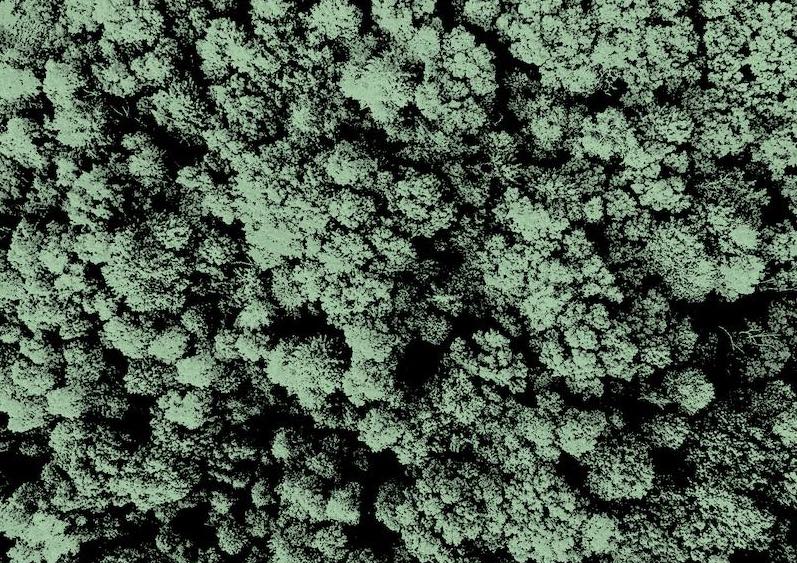What is it about?
The transport of fluids across tortuous conduits is a challenge for several technological applications and biological scenarios. In many circumstances, this problem requires a detailed numerical approach that is very expensive in terms of time and computational power. This difficulty hampers the chance to reverse the question: can we exploit the shape of the conduit to induce some desired velocity profile?
Featured Image

Photo by tian kuan on Unsplash
Why is it important?
In this contribution we will show that it is possible to derive simplified models by which we can predict the transport properties of diverse membranes upon changing their shape. These models allow one to design micro and nanofludic devieces prerforming specific tasks.
Perspectives
This article contributed to the general perspective of understanding the dynamics and the transport of confined systems. In particular, the analytical approach pursued in this contributions highlights some novel scenarios in which the transport can be enhanced upon fine-tuning the shape of the conduits. These results highlght new routes to design micro and nano-fludiic devices.
Paolo Malgaretti
Max Planck Institute
Read the Original
This page is a summary of: Driving an electrolyte through a corrugated nanopore, The Journal of Chemical Physics, August 2019, American Institute of Physics,
DOI: 10.1063/1.5110349.
You can read the full text:
Contributors
The following have contributed to this page










